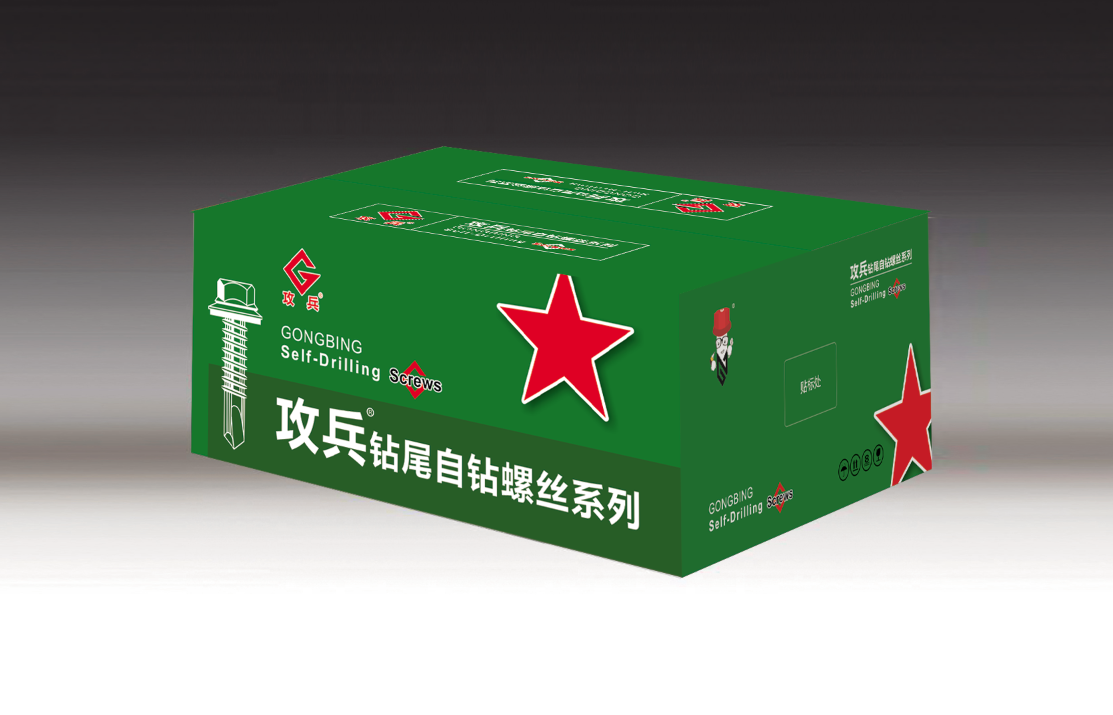headed shear stud
Understanding Headed Shear Studs Applications and Benefits in Construction
In the realm of structural engineering, the connection between different components is crucial for ensuring the integrity and longevity of a building. One of the most effective solutions for enhancing the shear connection between concrete and steel is the use of headed shear studs. These innovative devices play a vital role in composite construction, where concrete and steel are used together to create a robust and resilient structure.
Headed shear studs are typically manufactured from high-strength steel and are characterized by a head on one end, which resembles a small mushroom. This design facilitates the stud's ability to grip concrete effectively and resist shear forces. The stud is welded to a steel beam before the concrete is poured, allowing for a composite action that significantly enhances the load-carrying capacity of the structure.
The primary function of headed shear studs is to transmit shear forces between the concrete slab and the steel beams or girders they are attached to. When a load is applied, the concrete and steel work together to resist bending forces. The headed shear studs provide a mechanical bond that prevents slippage between the two materials, ensuring that the composite system behaves as a single structural unit. This feature not only improves the overall strength of the construction but also optimizes material usage, resulting in cost-effective solutions.
One of the major advantages of using headed shear studs is their versatility. They can be used in a variety of construction applications, such as in the floors of high-rise buildings, bridges, and parking structures. This adaptability allows engineers to meet specific design requirements while maintaining structural integrity. Moreover, headed shear studs can accommodate various concrete thicknesses and types, making them suitable for diverse projects.
headed shear stud

Another significant benefit of headed shear studs is their simplicity of installation. During the construction process, the studs can be quickly and easily welded to steel plates, minimizing labor time and associated costs. This efficiency is particularly beneficial in fast-paced construction environments where time savings can translate into substantial financial benefits. Furthermore, given the ability of headed shear studs to resist fatigue and buckling, they contribute to the long-term durability of structures, which is a critical consideration in modern engineering.
The use of headed shear studs also aligns with contemporary sustainability goals in construction. By enabling the effective combination of concrete and steel, these studs help produce lighter and more efficient structural systems. This reduction in material usage not only lowers costs but also decreases the environmental footprint of building projects.
Despite their advantages, the successful implementation of headed shear studs requires careful consideration of design and spacing. Engineers must ensure that the number and placement of the studs are optimized to handle the anticipated loads and shear forces. This careful planning is essential to achieving the desired performance and reliability of the composite structures.
In conclusion, headed shear studs represent a critical innovation in the field of structural engineering. Their ability to enhance the connection between concrete and steel not only improves the strength and performance of various structures but also offers significant advantages in terms of installation efficiency and sustainability. As construction techniques continue to evolve, the importance of effective shear transfer mechanisms like headed shear studs will only grow, solidifying their position as a key component in modern composite construction.
-
Weatherproof Plastic Expansion Anchors for OutdoorNewsJun.06,2025
-
Sustainability in the Supply Chain: Eco-Friendly TEK Screws ProductionNewsJun.06,2025
-
Load-Bearing Capacity of External Insulation FixingsNewsJun.06,2025
-
Double Head Bolts: Enhancing Efficiency in Industrial MachineryNewsJun.06,2025
-
Corrosion Resistance in Chipboard Screws: Coatings for Wholesale DurabilityNewsJun.06,2025
-
Butterfly Toggle Bolts : Enhancing Structural ResilienceNewsJun.06,2025
